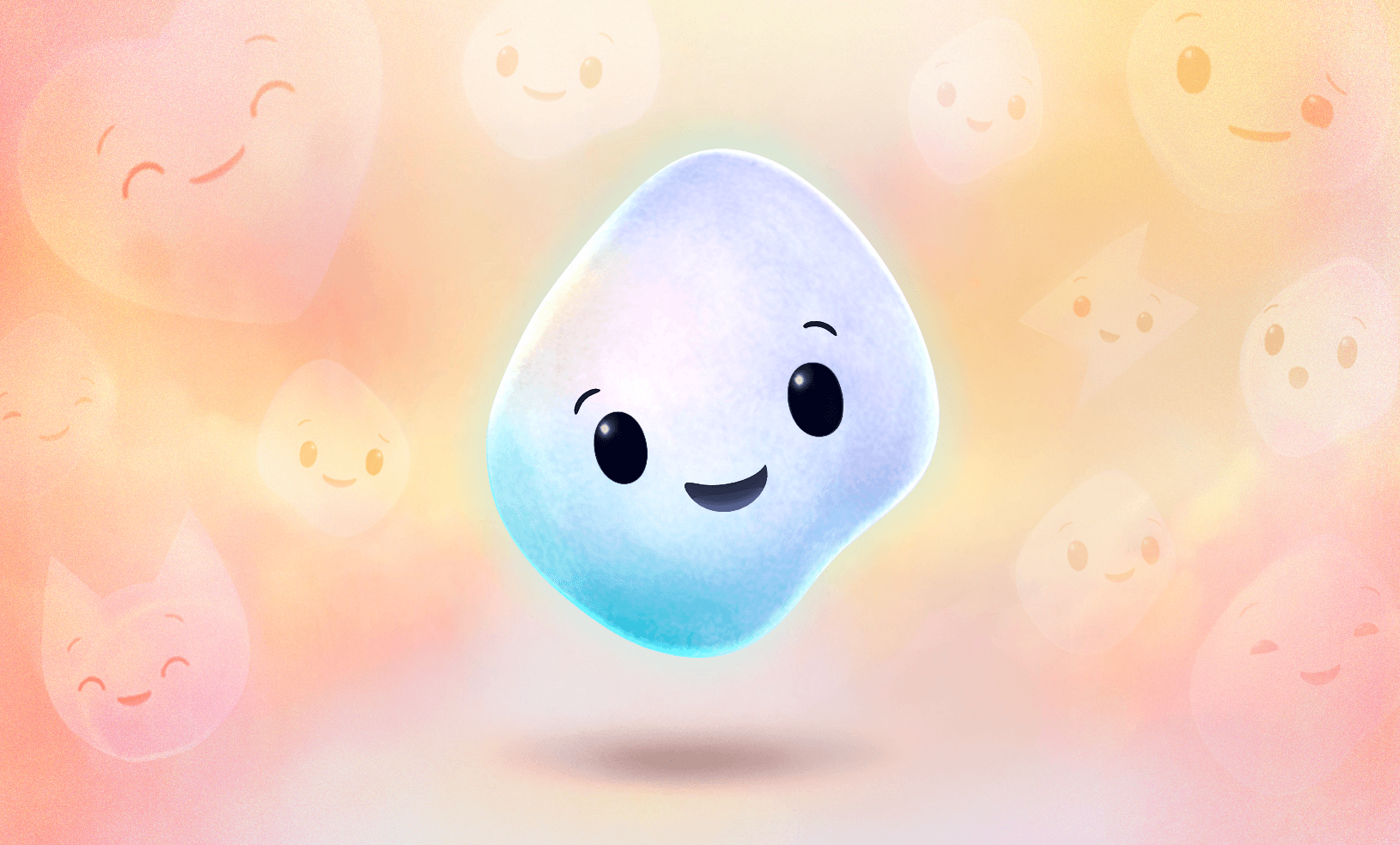Microsoft revives Clippy as an AI blob in a new Copilot Appearance test

Key Points
- Microsoft is testing "Copilot Appearance," a feature that gives the Copilot AI assistant animated facial expressions and gestures, currently available only to select users in the USA, UK, and Canada.
- The function adds visual responses such as smiles and nods to Copilot’s voice, using Microsoft’s existing synthetic speech technology.
- The experiment is similar to Microsoft's earlier assistant Clippy but aims for a more interactive experience, with Microsoft's AI chief Mustafa Suleyman emphasizing the importance of giving AI assistants personality.
Microsoft is testing a new look for its Copilot AI assistant with a feature called "Copilot Appearance."
With Copilot Appearance, Copilot can now respond to voice input with real-time smiles, nods, and other gestures. Microsoft describes the experiment as "a new, visual way of conversing with Copilot, with real-time expressions, voice and conversational memory."
Video: Microsoft
Testers can turn on the feature at copilot.microsoft.com. In voice mode, users open the settings through the microphone icon and toggle "Appearance." If the option doesn't appear, the user isn't part of the test group. The feature can be switched off at any time.
Microsoft calls Copilot Appearance an early prototype built on the company's synthetic speech technology. For now, it's limited to a small group of private users in the US, UK, and Canada, and Microsoft hasn't announced plans for a wider release.
From Clippy to Copilot
Microsoft's new animated assistant builds on a long tradition of anthropomorphic helpers, most famously the notorious Clippy paperclip from the late 1990s. Clippy was often criticized for being intrusive, but the new approach relies on subtler visual cues and reactions for a friendlier feel.
These changes point to a broader shift in how tech companies think about AI. As Mustafa Suleyman, Microsoft's CEO of AI, put it on X: "Working in tech then: how to build good ios apps on 3G. Working in tech now: how to give LLMs personalities." And even as concerns mount over a flood of AI-generated content, Suleyman maintains that "creativity will remain the real currency," saying that, despite all the fear, human ingenuity, style, and craft are only going to matter more, not less.
Interestingly, not everyone at Microsoft is on board with giving AI human-like qualities. Last year, CEO Satya Nadella said, "I don't like anthropomorphizing AI." He described AI as a tool and cautioned that its "intelligence" shouldn't be compared to human intelligence.
AI News Without the Hype – Curated by Humans
As a THE DECODER subscriber, you get ad-free reading, our weekly AI newsletter, the exclusive "AI Radar" Frontier Report 6× per year, access to comments, and our complete archive.
Subscribe now